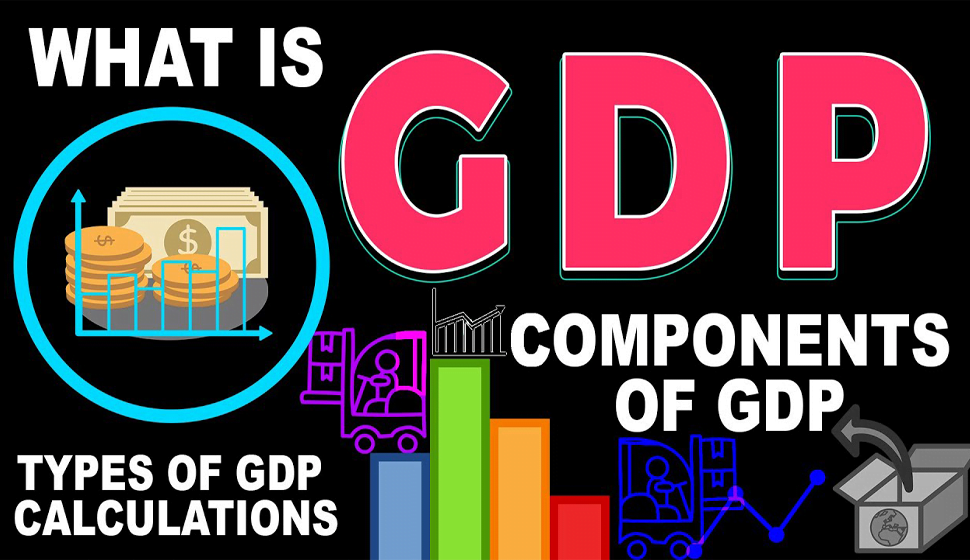6 Comprehensive Gross Domestic Product (GDP)
Comprehensive Gross Domestic Product (GDP)
Comprehensive Gross Domestic Product (GDP) is one of the most commonly used indicators of a country’s economic health and an important metric for economic analysis and policy-making.
It measures the total market value of all final goods and services produced within a country’s borders in a specific time period, typically a year or a quarter. Understanding GDP involves exploring its components, calculation methods, significance, and limitations.

Components of Comprehensive Gross Domestic Product.
Consumption (C):
This is the total value of all goods and services consumed by households. It includes expenditures on durable goods (e.g., cars, appliances), nondurable goods (e.g., food, clothing), and services (e.g., healthcare, education).
Investment (I):
Investment refers to the purchase of goods that will be used for future production. It includes business investments in equipment and structures, residential construction, and changes in business inventories.
Government Spending (G):
This component encompasses government expenditures on goods and services that are directly consumed to provide public services, such as defense, education, and public safety. It excludes transfer payments like pensions and unemployment benefits, as these do not involve the purchase of goods and services.
Net Exports (NX):
Net exports are calculated as the difference between a country’s exports (goods and services sold to other countries) and imports (goods and services purchased from other countries). If a country exports more than it imports, it has a trade surplus, and if it imports more than it exports, it has a trade deficit.
Mathematically, GDP is represented as: GDP=C+I+G+(X−M) – where X is exports and M is imports.
Methods of Calculating Comprehensive Gross Domestic Product
There are three primary methods for calculating GDP, each offering a different perspective:
Production (or Output) Method:
This approach calculates GDP by adding up the value added at each stage of production. It involves summing the outputs of every enterprise in the economy and subtracting the intermediate consumption (the cost of inputs used in production).
Income Method:
The income method sums up all incomes earned by individuals and businesses in the production of goods and services. This includes wages and salaries, profits, rents, and taxes minus subsidies. It reflects the distribution of GDP among factors of production.
Expenditure Method:
This method adds up all expenditures made in the economy on final goods and services over a period. It is the most common approach and is represented by the equation mentioned earlier.
Significance of Comprehensive Gross Domestic Product
Economic Health:
GDP serves as a comprehensive measure of a country’s economic performance. A growing GDP indicates a healthy, expanding economy, while a declining GDP suggests economic problems.
Standard of Living:
While GDP is not a direct measure of the standard of living, higher GDP often correlates with better living standards, as it implies more goods and services are available for consumption.
Policy-Making:
Governments and central banks use GDP data to formulate and adjust economic policies. For instance, during a recession, a government might increase spending or cut taxes to stimulate growth.
Investment Decisions:
Investors use GDP growth rates to make decisions about where to invest. High GDP growth signals a robust economy, potentially leading to higher returns on investment.
International Comparisons:
Comprehensive Gross Domestic Product.allows for comparison of economic performance between different countries. By using GDP per capita, one can compare the relative economic prosperity of nations, accounting for population differences.
Limitations of GDP Comprehensive Gross Domestic Product.
Non-Market Transactions:
GDP does not account for non-market transactions, such as volunteer work and household labor, which contribute to well-being but do not involve monetary exchange.
Quality of Life:
Comprehensive Gross Domestic Product measures economic output but does not directly capture quality of life or well-being. Factors such as health, education, and leisure time are not considered in GDP calculations.




